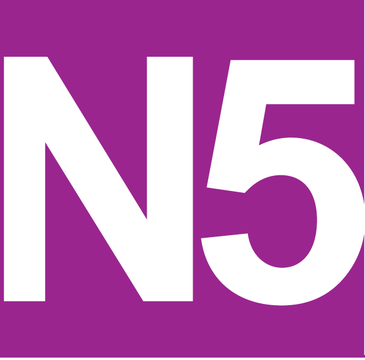| Description and exemplification of the appropriate type of hardware required for a specific information system including: | |
| input and output devices | |
| A device which is used to enter information in to a computer system is called a input device. E.g. Keyboard, microphone, mouse, etc.
A device which the processor can send data to or display data on is an output device. E.g. Speakers, monitor, printer, projector, etc. Some devices are both input and output devices. Touch screen, rumble controller. |
|
| processor type and speed (Hz) | |
| Some processors are better suited to certain tasks. So a processor that uses less power might be better suited for a mobile phone or laptop.
In general, the faster the processor the more power it requires, so mobile processors often run a slow speed to desktop processors. |
|
| memory (RAM, ROM) | |
| The more memory a computer has the more things it can do at the same time.
More memory requires more power, so mobile computers often have less RAM and ROM than desktop computers. |
|
| memory capacity (RAM) | |
| Computer memory is measure in GB. Often computers don’t have the maximum amount of memory installed, this is often due to the costs involved. | |



 Over the years the BBC website has seen a number of changes. These changes were often driven by the rise of new technology.
Over the years the BBC website has seen a number of changes. These changes were often driven by the rise of new technology.
